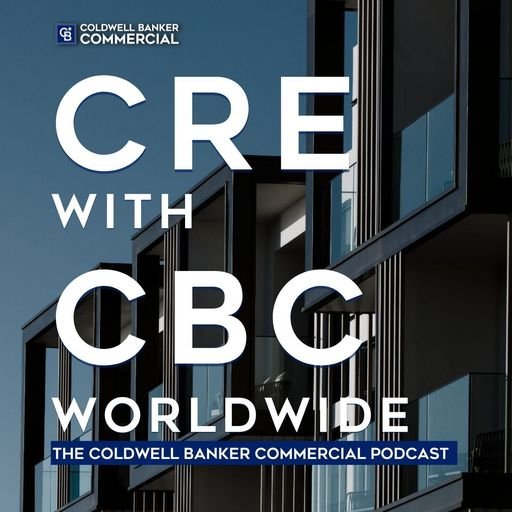Opportunity in Second-Tier Malls is Noted

A recent Wall Street Journal article profiled the increased interest that second-tier malls are seeing from investors. Described in the article are a diverse group of investors who are making big bets on beaten-down shopping centers —or those they refer to as “B” malls.
While big investors like General Growth Properties and Simon Property Group are shifting their focus to prime properties in desirable locations —those that offer heavy foot traffic and are command the attention of high-end retailers— doors are opening for smaller investors who believe in the value of second-tier malls.
Factoring in E-Commerce
There’s no denying that e-commerce has had a major impact on brick-and-mortar retail spaces. Yet, in smaller markets, many investors argue that brick-and-mortar malls serve as community hubs —even if they don’t generate the same sales as the higher end malls of wealthy suburbs.
The WSJ article profiles Farallon Capital Management, LLC of San Francisco, which recently purchased four malls in small Southern cities. While none of the malls generated more than $370 in sales a square foot (high end properties can pull in nearly three times that amount), these malls represent a great investment opportunity.
Similarly, the article looks at Liberty University, which paid roughly $33 million for a 75% stake in River Ridge Mall, next to its Lynchburg, Virginia campus. Knowing that the property will never be an “A” mall, it is the only regional mall within more than 50 miles and the university plans to upgrade the property and sell it in a few years, which will allow them to make a substantial profit.
How are Malls Fairing?
Although analysts suggest that “A” malls are often less vulnerable to the impact of online shopping and e-commerce, the owners often spend large sums to renovate and maintain these properties. The result in a mall —located in a densely populated, affluent area— that provides a steady stream of income. According to the WSJ, investors favor this strategy. Shares of some of the biggest shopping mall investors are up 7-8% this year.
If you’re interested in investing in any type of mall property, keep in mind that owning weaker malls can be seen as riskier and lenders could be wary. Newer properties have a tendency to lure away retailers and shoppers —and foot traffic (as a whole) can steadily decline. Unlike office buildings that can attract tenants by lowering rents, analysts suggest this is not the case with dying malls.
As with any investment, there are pros and cons and execution of a proper due diligence period is always advisable. Of course, consulting with a knowledgeable real estate professional —one who is tuned-in to the local commercial real estate market— can give investors greater insight into investment opportunities. Only time will tell how this investment trend will play out.
A Trusted Guide in Commercial Real Estate
Coldwell Banker Commercial® provides Commercial Real Estate Services from Property Sales and Leases, to Property Management. Learn how our expansive network of Independently Owned and Operated Affiliates and Real Estate Professionals use their in-depth knowledge of the local market and industry trends to help businesses and investors navigate the complexities of the commercial real estate landscape.






